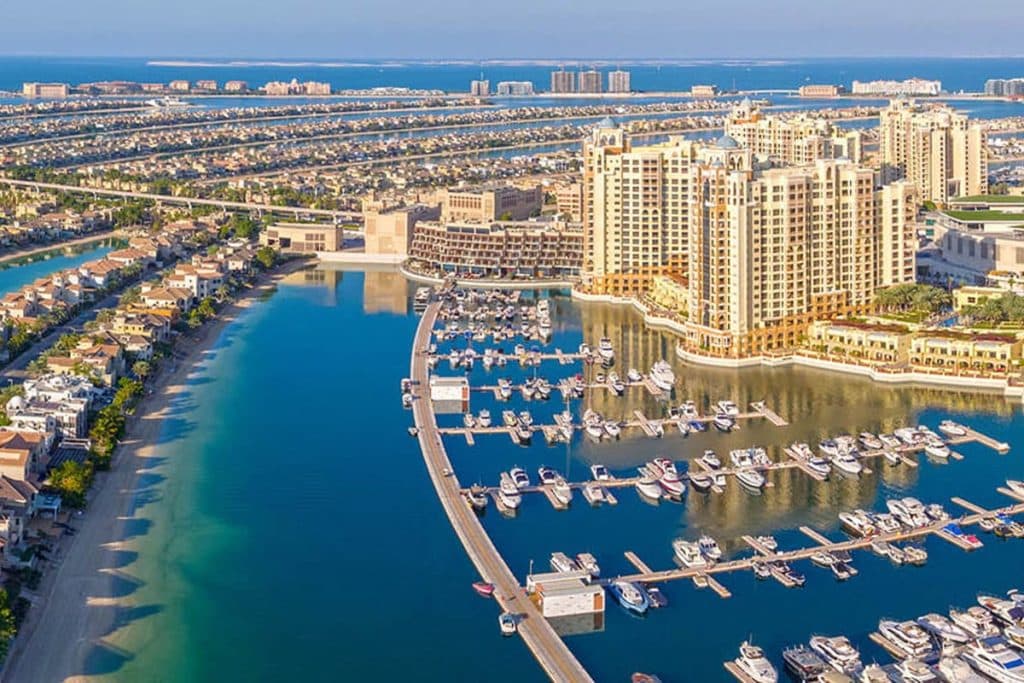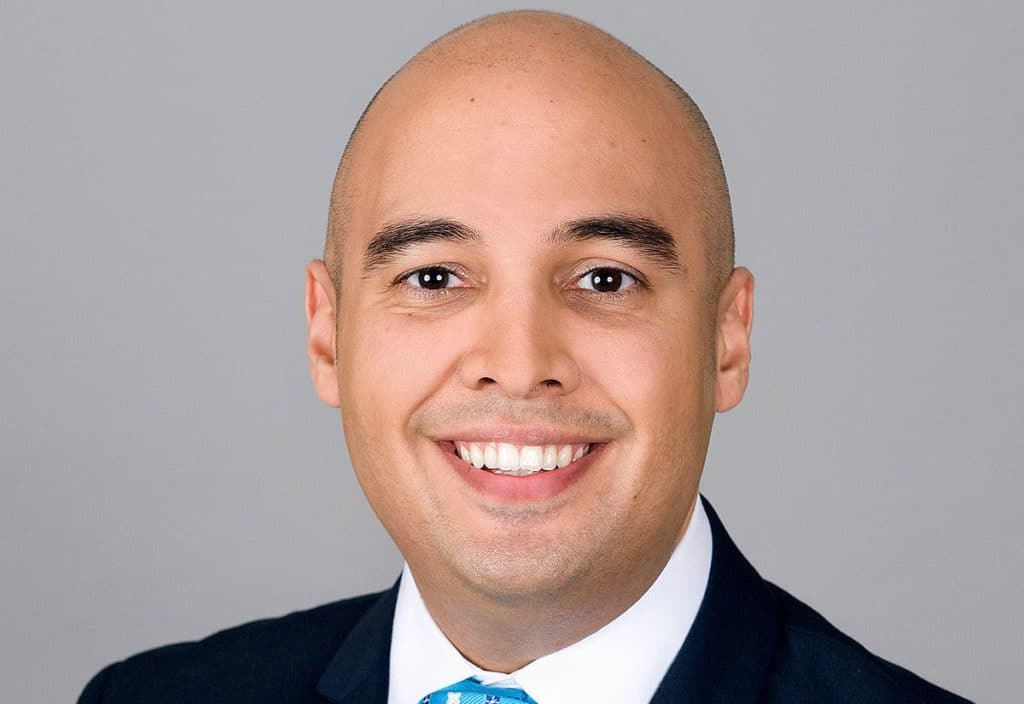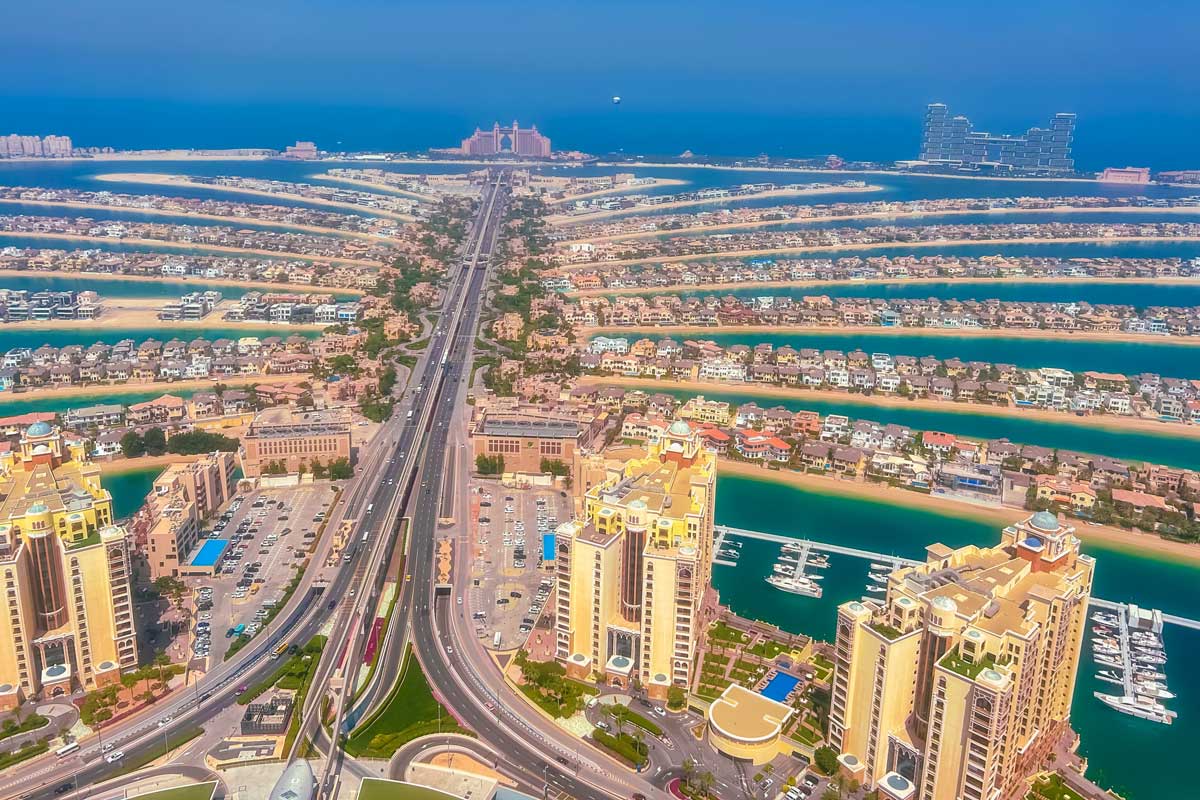Dubai property prices continue to soar, with house prices rising by 4.8 per cent during Q2 2023.
It is the tenth consecutive quarter of growth, according to the latest analysis by property consultant, Knight Frank.
The surging price of buying a property in Dubai has seen villa prices increase 146 per cent since January 2020.
Dubai property prices
This latest increase means residential values have grown by an average of 24 per cent in Dubai’s current and third freehold property market cycle.
Knight Frank says apartment prices are up 21 per cent since January 2020 and currently average AED1,290 per square foot.
Villa prices, which remain in high demand, have experienced even stronger growth of 51 per cent over the same time period and are currently priced at an average of AED1,520per square foot.
Faisal Durrani, Partner – Head of Research, Middle East and Africa, said: “Despite the substantial increase in prices, city-wide values still trail the 2014 peak by 11 per cent. And as things stand, the relatively long-run of price growth is showing no signs of slowing.
“If anything, all the market dynamics continue to point toward further increases, particularly when it comes to villas as the supply-demand dynamic remains out of kilter.
“This is especially true in the city’s prime markets of Jumeirah Bay Island, Emirates Hills and the Palm Jumeirah, where villa prices are up by 11.6 per cent in Q2 and by an extraordinary 125 per cent since January 2020.
“What’s more, just 8 villas are currently under construction in these neighbourhoods.
“Not to be outdone, villa prices across the rest of the city too remain supercharged and are 5 per cent higher than the 2014 peak.
“More affordable locations, on a price per square foot basis, are also experiencing strong price increases.
“Villas in Dubai Hills Estate, for instance, have registered 24 per cent growth in values in the last 12-months alone; the fastest rate of growth in the city.”

A key driving force behind this growth, Knight Frank says, stems from robust and sustained demand for luxury second homes, particularly from international buyers, but domestic purchasers too.
Palm Jumeirah remains the city’s star-performing villa market, with prices growing by 9 per cent in Q2 alone.
This performance has propelled the growth rate to 44 per cent over the past year.
The exceptional demand for homes in Dubai’s iconic Palm Jumeirah is best reflected in the fact that villa prices have risen by 146 per cent since January 2020, but remain at about AED4,800 per square foot, making property on the Palm Jumeirah relatively affordable on a global scale.
However, villa prices are now 67 per cent higher than their 2017 peak, while apartments still lag their last peak in 2015 by 7 per cent.
One of the key features of Dubai’s current and third freehold residential market cycle has been the dominance of genuine end-users and second-home buyers in particular, Knight Frank highlights.

Durrani said: “Historically, the market was driven largely by speculative activity, fuelled, of course, by the abundance of off-plan purchase options.
“In 2009, for instance, just as the Global Financial Crisis was looming large, 61 per cent of all home sales in Dubai were off-plan transactions.
“The 10-year average has settled at around 42 per cent, and both 2021 and 2022 – the first two years of this third property cycle – have stood at 42 per cent and 44 per cent, respectively, broadly in line with the 10-year average.
“With a rise in the volume of product launches over the last 12 to 18 months, as developers respond to the stable and sustained demand for homes, the volume of off-plan homes sold has been unsurprisingly rising, now accounting for just over 50% of sales.”
Shehzad Jamal, Partner – Head of Strategy and Consultancy, Middle East and Africa, said: “Ready property remains in high demand, particularly among international second home buyers who are looking for instant access to the ‘Dubai lifestyle’.
“This trend is also echoed in our 2023 Destination Dubai report, with 53 per cent of global HNWI buyers focussed on acquiring ‘recently built/completed’ homes in Dubai.
“It is strongest among those with a net worth of over $10m (61 per cent), as well as 71 per cent of HNWI from East Asia. Overall demand for off-plan purchases is relatively low at just 10 per cent among global HNWI”.

Although supply remains tight in prime neighbourhoods, the construction pipeline for new homes across the rest of Dubai continues to expand, according to Knight Frank’s analysis.
By the end of 2028, Knight Frank expects 85,200 homes to be delivered, with 69 per cent of them being apartments (59,000 units).
About 40,000 homes are projected for completion this year alone, with a portion likely delayed to next year, a common feature in Dubai’s residential market.
Jamal said: “Excluding 2023 and assuming all 40,000 homes forecast to be completed this year are delivered on time, 42,500 units are scheduled for completion between 2024 and 2028, representing an average of just 8,500 homes per year – a 75 per cent reduction on the long-term rate of home deliveries, strongly hinting at continued upward pressure on prices, particularly as the population continues to swell, recently surpassing 3.5 million residents. This is of course a static view that may change should there be more project announcements”.
Dubai’s headline-grabbing real estate market has been supercharged by positive sentiment, a key ingredient in the Middle East, says Knight Frank.
This positivity received a further boost with the announcement of D33, Dubai’s Economic Agenda.
Aside from outlining a new roadmap for the emirate to double its foreign trade and emerge as the world’s fourth most prominent financial centre behind New York, London, and Singapore by 2033, the population by this stage is also expected to approach six million, up from 3.5 million today – a critical consideration in Knight Frank’s long-term outlook.
Durrani said: “The predicted growth in the city’s inhabitants will warrant the need for a large-scale residential development boom. Indeed, the city’s current housing stock will virtually need to double if the population targets are to be met, which the government expects to swell to 7.8m by 2040.
“The signs are already pointing to the projected shortfall in homes over the long-term. First there is Dubai’s GDP which grew by 2.8 per cent in the 12 months ending Q1, with sectors like retail, trade, aviation, and hospitality continuing to dominate, driving the city to earn the accolade of the highest average hotel occupancy levels in the world during H1 at 78 per cent across the emirate’s nearly 150,000 rooms.
“Furthermore, the emirate’s non-oil sector PMI has remained in expansionary territory for over two and a half years. Businesses are actively recruiting and expanding, resulting in a Grade A office supply crunch”.

The number of customers registered by the Dubai Electricity and Water Authority (DEWA) has grown by 5.5 per cent in H1, when compared to the same period last year.
While this covers all real estate sectors, it is yet a further indication of the growth in the emirates population, Knight Frank says.
Away from the sales market, rental growth remains virtually in lock step with sales prices, meaning there has been no yield compression.
Stephen Flanagan, Partner – Head of Valuation and Advisory, MENA, said: “Rental growth continues to closely mirror sales price trends, avoiding yield compression.
“Prime single-let apartment yields (6.25 per cent-7.5per cent) remain slightly higher than villa yields, however some beach-front neighbourhoods that attract holiday makers can achieve significant premiums.”
Average rents in the city currently stand at AED92 per square foot, 22.3 per cent higher than last summer.
Rents for villas in Palm Jumeirah have increased by about 15 per cent compared to Q2 2022 and by just over 110 per cent overall since January 2020, marking one of the highest gains in the market. Rents here currently stand at AED151 per square foot.
In the mainstream market, more affordable villa locations are also recording similarly high growth in lease rates.
For instance, at The Springs (AED83 per square foot) and Arabian Ranches (AED82 per square foot), average lease rates have climbed by nearly 31 per cent and 17 per cent in the last 12 months, respectively.






